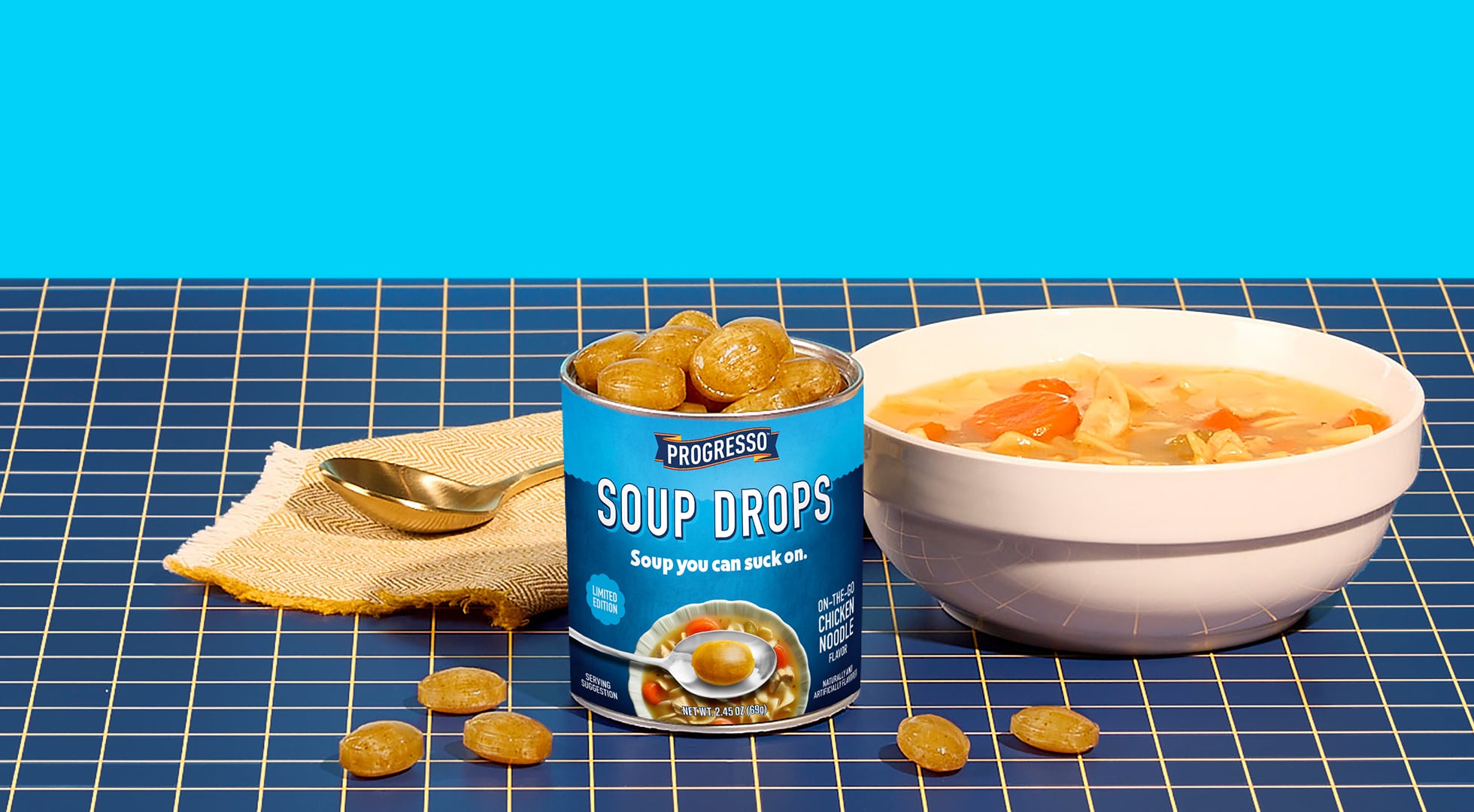According to Statista, the global gum industry is expected to produce $48bn (€44bn) in sales in 2025 with Europe the most enthusiastic chewers, followed by Asia Pacific and North America.
The confectionery staple has come under scrutiny recently for its reliance on plastic, with campaigners urging manufacturers to seek a more sustainable gum.
Meanwhile, consumers are increasingly calling for gum containing better-for-you ingredients.
New gum innovation centre opens in Canada
Canadian-based custom ingredient solutions provider Gum Products International Global (GPI) may offer the solution.
The gum developer’s newly opened facility in Ontario, Canada, produces hydrocolloids among other ingredients. Hydrocolloids, another name for gum, refer to a group of water-soluble naturally occurring polymers found in nature. They provide an important and extensive function in certain foods, namely gum. They are known for controlling texture and sensory properties, such as boosting viscosity and providing gel-like features.
Latest innovations in gum
GPI is seeing both long-term and short-term trends shaping the future of gum innovation.
“From a long-term perspective, the demand for cleaner label products is consistently growing,” says Nicholo Plaza, senior product marketing manager. Consumers are increasingly seeking transparent and simple ingredient lists, which creates a challenge for widely used gums like xanthan and carrageenan. “While these ingredients are derived from natural sources and are recognised as safe, they are not always perceived as label-friendly,” he says.
In response, GPI is developing a new range of hydrocolloids based on seaweed fibres and plant fibres. These ingredients are designed to deliver essential functionalities such as brine retention, sauce stabilisation, emulsification and viscosity control while still meeting clean label goals.
Other current supply chain issues are prompting demand for other replacement ingredients, such as eggs. “In the short term, the ongoing egg shortage in the US has created a renewed urgency around egg alternatives, particularly in bakery applications,” says Plaza.
One of GPI’s soon-to-launch innovations is a gum blend that replicates the functionality of egg whites in meringues – a challenge customers brought to the brand in February 2025. It produces plant-based meringues that hold stiff peaks, can be torched and can also be dehydrated to be crunchy.
Changing the mould
Traditionally, hydrocolloids were seen as mere functional additives (with thickening, gelling, and emulsifying properties). “However, hydrocolloids are now becoming strategic tools that help brands meet internal targets and evolving consumer expectations around clean labels, quality and performance,” says Plaza.
For example, clean-label fibres and egg replacers can solve more than just a functional problem. They help brands meet consumer expectations, manage cost and supply chain risks, and differentiate their products. They also play a role in marketing, enabling brands to reach new demographics.
“As more companies outsource R&D, hydrocolloid suppliers have a bigger role to play,” Plaza says. With its innovation centre, GPI hopes to respond to this need by offering ingredients, technical support, insight and infrastructure. Ultimately, it foresees that the gum sector, driven by manufacturers’ needs, requires a partnership model that helps companies move faster and with more confidence.
“In short, the future of hydrocolloids isn’t just about what they do in a formula – it’s about what they enable strategically across the entire development process,” says Plaza.
In confectionery, GPI’s new innovation centre’s overarching goal is to create hydrocolloid alternatives that are more cost-effective, clean label, or both.
GPI’s innovation centre is equipped for lab-scale and small-scale development and application testing. The company has created a dedicated lab to produce its confectionery products, with its facilities designed to help gum manufacturers go from idea to launch with fewer unknowns.




